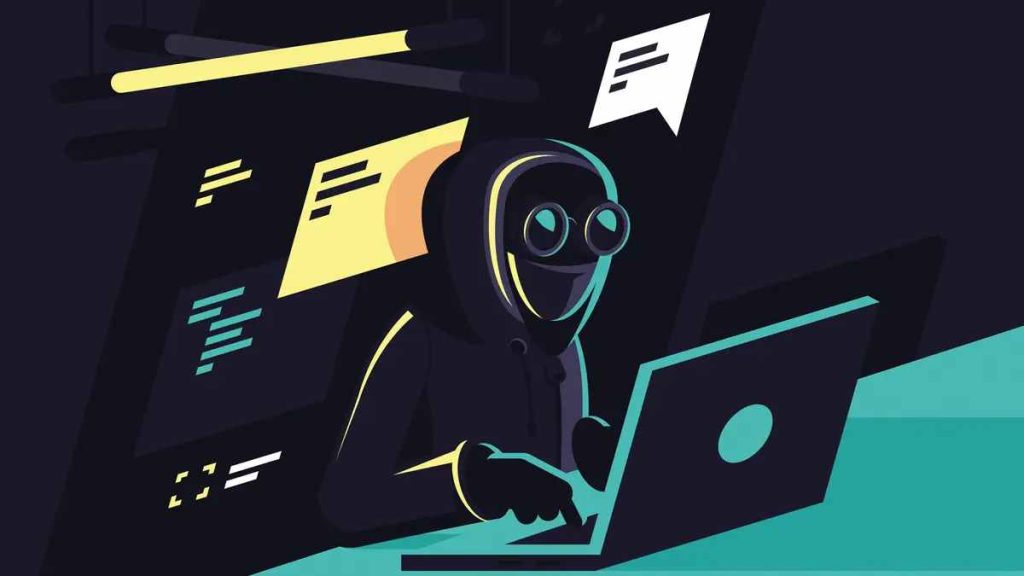Your website has been slower than usual.
Then suddenly, it crashes.
The internet could be down.
But other websites are loading with no issues at all.
Could it be that you suffered a minor technical problem that an IT team is going to solve any minute now or have you been the victim of a dangerous botnet attack?
What is a botnet attack exactly, how do ransomware gangs exploit it, and how can businesses protect themselves against DDoS exploits?
What Is a Botnet Attack?
A botnet attack is a type of cyber attack that uses a group of connected devices to target its victims. Even your device could be used as one of the botnets without you realizing it.
Bots and devices that are linked together for the purpose of an attack are known as botnets. The person who controls botnets is dubbed a botmaster.
The main purpose of a botnet is to hit the target network with a Distributed Denial of Service (DDoS) that overwhelms it with a high volume of false traffic.
As a result of the DDoS attack, users can’t access either the website in question or even an entire server.
Why Would Someone Perform a Botnet Attack?
DDoS attacks could be ordered by the competition. They might offer a similar service on their application or website and want to slow down or crash yours.
Users are often not patient. Slow-performing websites might deter them from staying on your site or prompt them to buy a similar product or a service somewhere else.
Generally, DDoS is purely financially motivated. The targets are chosen because they’re an easy victim. They might have exploitable vulnerabilities and lack security measures that could deter the attack or make it difficult.
Distributed Denial as a Service
In recent years, DDoS attacks have turned into a lucrative business. Threat actors have started to offer Distributed Denial attacks as a service.
This means that even those who don’t know much about creating malware or hacking can buy this damaging threat.
According to Statista, a DDoS attack on an unprotected website for 24 hours could be purchased for $45 on the dark web in 2022.
The cost of the attack is higher the longer it occurs, the more requests are directed toward the website, and the more protected the victim’s website seems to be.
Even on the higher end, the price of a DDoS attack is no more than 850 dollars — for an unprotected website targeted for a month with 10-50k requests per second.
Those with more hacking knowledge can buy their own botnets for an even lower cost.
DDoS Paired With Ransomware
Some cybercriminals use the DDoS itself as a way to demand ransom. They target the website and send their demands (e.g. a sum that has to be paid in crypto) to stop the attack.
Then there is ransomware — a common type of malicious malware that encrypts files and obtains sensitive data. After it locks data on a device, threat actors demand payment in crypto in exchange for giving the victim a key that unlocks the documents.
Ransomware groups are known to pair two dangerous attacks — ransomware and DDoS.
For example, BlackCat, is a notorious ransomware group that targets its victims with both.
Businesses that are victimized by ransomware, in most cases, refuse to pay the ransom to avoid funding further criminal activities.
If the organization or an individual does not respond to the threat or pays up, BlackCat puts additional pressure on them with a botnet attack.
Botnet Attack Prevention and Protection
A DDoS can cost $120k per attack for a small or medium-sized business. Most of it is accumulated during the repair of the network, hiring extra security professionals to investigate the matter and improve the security.
Upon a DDoS attack, many companies don’t discover the cause of a slow website right away. It could be happening for months.
The longer they wait, the more damage the threat actor does and the more it costs for the server or a website owner to repair the damage.
How to prevent botnet attacks and mitigate the damage once the cybercriminal has already unleashed the unsolicited traffic on your servers or a website?
Here, we go over some of the cybersecurity measures that your business can implement today to prevent and mitigate the damage following the DDoS attack.
Prevention of DDoS Attacks
First, patch up vulnerabilities that could be targeted for the purposes of DDoS attacks.
Keep the software you use updated to the latest and more secure versions provided by vendors.
Build a network that can sustain large volumes of traffic without crashing.
Create a plan on how you’ll handle the possible attack beforehand.
Protection From DDoS Attacks
Because of the high volume of cyber attacks, businesses no longer manually monitor logs every day to check the signs of a DDoS attack.
Instead, they automate the discovery and enforcement of policies to find the attempts before they crash a website or an entire server. The right solution can make a difference between genuine traffic and bots.
Cloud-based security aid security teams in rigorously analyzing the traffic and IP addresses, detecting anomalies, and stopping botnet attacks on time.
Low Cost For a Criminal, High For a Victim
If you have an operating website or an application via which you sell your services, the thought of a cyber attack is concerning.
Botnet attacks are increasingly frequent, can be obtained for a low cost by a cybercriminal, and ultimately come at a high cost for the victim.
In the case of a successful DDoS attack, the cost during the aftermath is high. For smaller businesses with less monetary funds, this unexpected cost might even present irrevocable harm that closes the doors of a company.
Therefore, make sure that you have multiple layers of security protection that consist of specialized solutions that can aid you to prevent, detect, and mitigate a botnet attack early.

